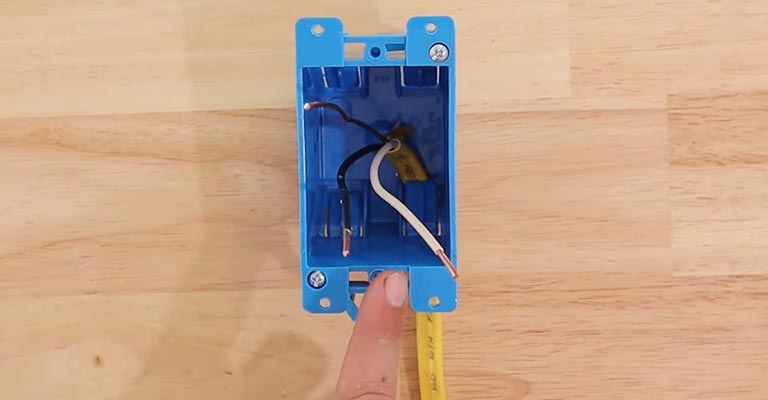Determining the gauge of electrical wire is a fundamental skill for anyone involved in electrical work, whether you’re a DIY enthusiast or a professional electrician.
Knowing the wire’s gauge is crucial because it helps ensure that the right amount of current flows through it safely.
Wires that are the same gauge as the original wiring must be used when adding an outlet. When determining whether your old wiring is 12-gauge or 14-gauge, how do you know which is which?
Here’s a visual representation.
- A 12-gauge wire is about the same thickness as a nickel.
- The thickness of a 14-gauge is about that of a dime.
This is how you use pocket change to determine wire sizes. Be sure to check the breaker for the circuit in question to see if it’s a 15-amp or a 20-amp breaker. Wires with a gauge of 12 or larger are required for circuits with 20 amps.
12 & 14 Gauge Wires Thickness, Recommended Outlets & Usage
Standard Wire Gauge (SWG) is the standard for measuring our goods (also known as British or Imperial Wire Gauge) unless otherwise specified.
According to the product description or AWG wire size chart, some manufacturers mark their products with the American Wire Gauge AWG standard (also known as Brown & Sharpe Wire Gauge).
SWG and AWG differ most readily when gauges are thicker (16 and thicker).
Installers occasionally used aluminum branch circuit wiring in home electrical systems due to an unexpected increase in copper prices. Copper and aluminum branch circuit wiring are distinguished by their colors.
12 Gauge Wire Thickness
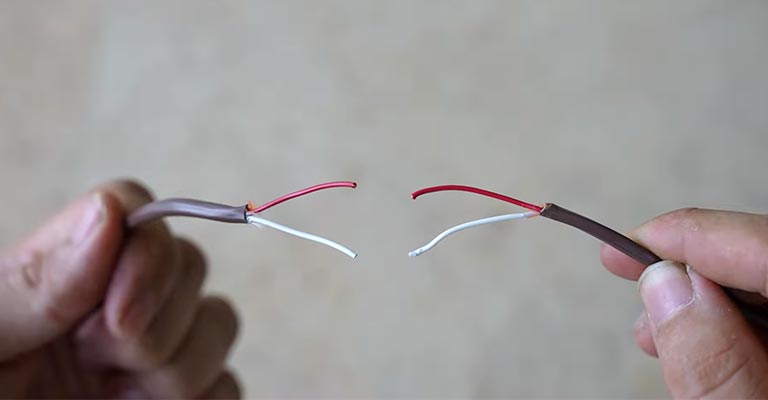
Generally, the diameter of 12 gauge wire is 0.0808 inches or 2.05 mm thick. Gauge is a measure of wire thickness.
The narrower the gauge wire, the greater the resistance. Increasing resistance decreases current flow, resulting in an increase in output voltage across the wire.
Electrons and metal ions collide during electrical conductivity. As well as 120-volt air conditioning systems that can take up to 20 amps of gauge wire, they are used in the kitchenette, restroom, and outdoor receptacles.
Wires that are thinner can generally be joined together more easily. Whenever a high power source is needed, 12 gauge electrical wire is recommended for enhanced power transfer.
14 Gauge Wire Thickness
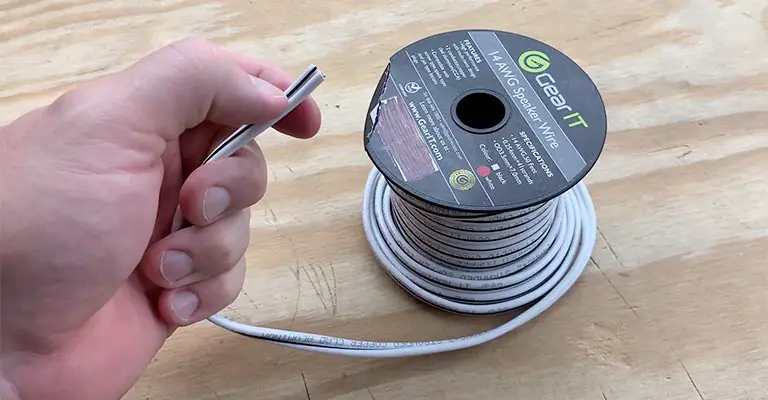
In terms of diameter, 14 gauge wire is about the thickness of a paper clip. The diameter of a 14 gauge wire is 1.63mm, making it ideal for circuit breakers rated for 15 amps.
Wire thickness has been measured using the American Wire Gauge AWG method for almost a century.
By using an AWG wire size chart instead of a thickness chart, wires are classified based on their diameter. The maximum amperage these wires can carry without melting or overheating is rated for electric circuits.
Outlets You Can Put on 12 Gauge Wire
The number of outlets is limited by practical considerations. The maximum number of outlets that can be connected to a 12 gauge wire with a 20 gauge wire amps circuit breaker is 10.
A circuit breaker is a safety device located in the electrical wiring panel of your home. A device will turn off the power if the current in the circuit exceeds its rating.
Outlets You Can Put on 14 Gauge Wire
On a 14 gauge cable, only eight outlets are permitted. Wires with a gauge of 14 are only allowed to be connected to wires with a gauge of 15 amps. There is no limit to the number of outlets that can be placed on a 15 gauge wire amps circuit.
When you use appliances that use more electricity than the circuit breaker can handle, you will overload the circuit breaker.
Usage of a 12 Gauge Wire
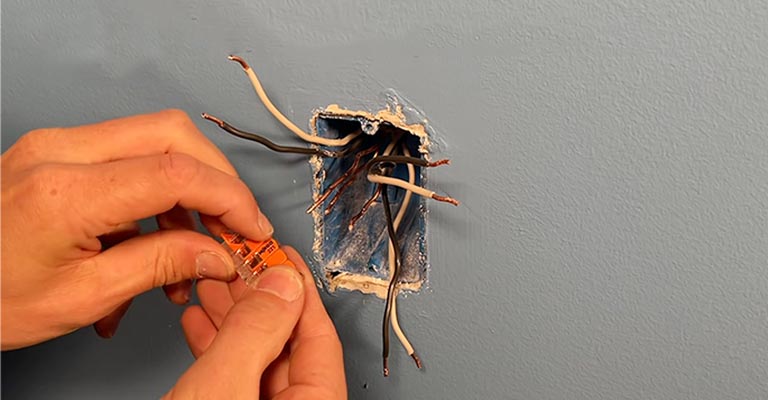
A 12 gauge wire does not require any special equipment. Alternatively, 12 gauge wire can be used for kitchen utensils, bathrooms, outdoor receptacles, and 120-volt air conditioners with 20 amps.
With a 15-amp circuit breaker, you can run 12 gauge cable up to 70 feet when connecting to a certain height. On a 20-amp circuit breaker, the peak is reduced to 50 feet.
Conductors must be capable of lowering resistance while maintaining enhanced transmission performance since gauge represents the thickness of the conductor.
Usage of a 14 Gauge Wire
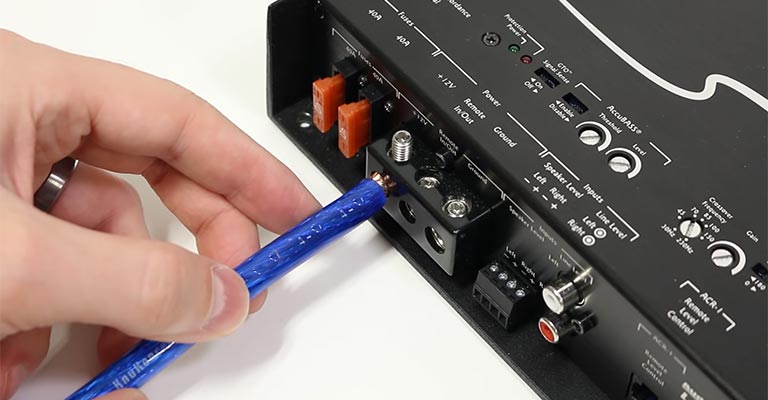
Copper wire 14 gauge can be used for lights, fixtures, and lighting circuits connected to a 15-amp circuit breaker.
The number of outlets you must join must also be decided, as mentioned earlier in the text. Despite the cable’s 14 gauge wire’s flexibility, it is difficult to hold a large piece of equipment for an extended period.
Due to the 1.63mm diameter of a typical 14 gauge copper wire, it creates more resistance to heat and overheats more easily.

